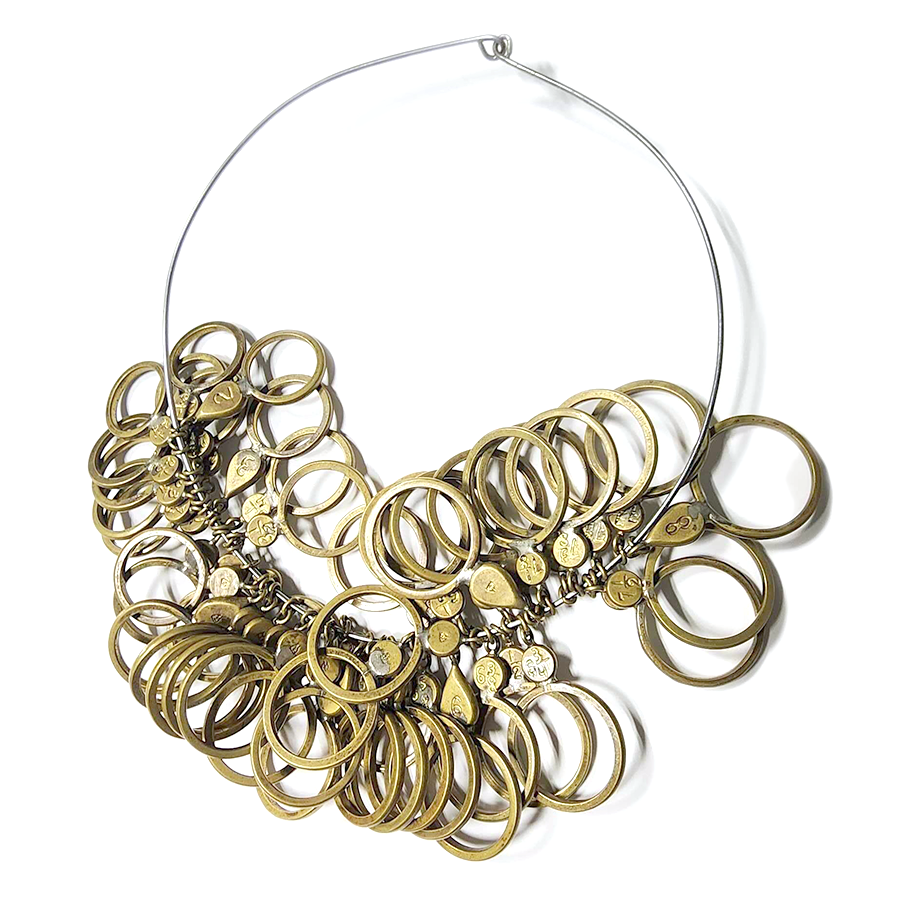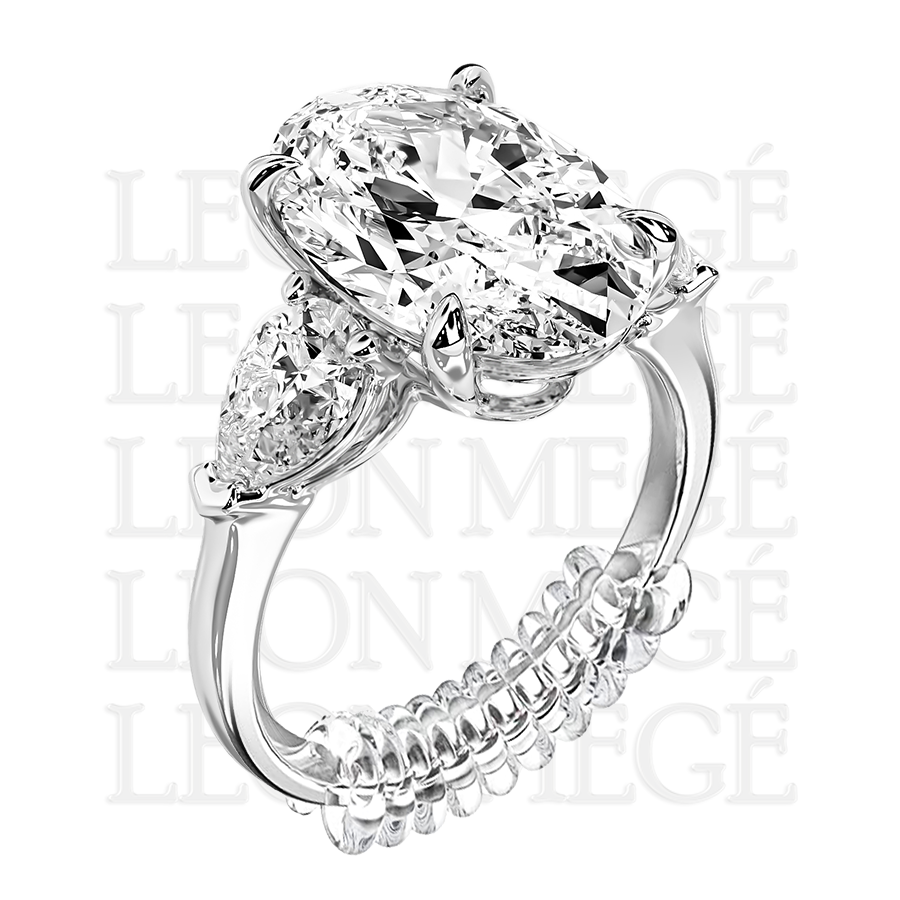
Correct ring size allows a ring to slide off the finger with moderate resistance. Precise measurement is important to ensure a perfect fit and should be done by an experienced professional.
Like clothes, the ring fit is a matter of personal preference; some prefer a close fit, while others want it loose. A tighter fit will keep the ring securely on the finger and prevent it from accidentally sliding off when you communicate with a driver who just cut you off in traffic.
An oversized top-heavy ring, such as an engagement ring, is prone to bending and excessive spinning. A tighter fit will make wear secure and enjoyable. A ring that is too tight will restrict blood flow to the finger and can result in a skin rash from taking it off and on. It also gets buried in the skin folds, blocking the side view and making the finger look fat.
How is the ring size measured?

Ring sizing is the job of an experienced professional using a set of sizers. An experienced jeweler judges how the ring clears the knuckle. The amount of effort to take the ring off suggests the correct size.
It is impossible to tell how snug the ring feels on the finger unless you wear it yourself.
The ring’s width affects the ring size. Thinner bands need more increments. Smaller finger sizes require more increments. A standard measuring set consists of 2 mm wide sizers in quarter-size increments, while wide sets have blanks in half-size increments.
Ring style can affect the size. A hollowed-out ring feels bigger than a solid one. A “comfort-fit” band is easier to slide on the finger than a ring with a flat inner surface.
Finger anatomy and ring size
A ring has to clear the finger’s widest part – the knuckle. The difference in circumference of a knuckle and proximal phalanx varies from person to person. A large percentage of people have enlarged knuckles, which unfortunately makes the tight fit impossible. In those cases, the smallest size is the size of the knuckle.
Childbirth throws another monkey wrench into the ring sizing. Generally, the finger size increases during and immediately after pregnancy. It may or may not later return to the original size. In rare cases, the ring size gets smaller during pregnancy due to bone calcium loss.
An engagement ring does not come with an elastic band. Seasonal and even hourly (up in the morning, down at night) size fluctuations should be accounted for. The weather, diet, medical conditions, ambient temperature, humidity, atmospheric pressure, and feminine cycles wreak havoc with size measurements. At best, the measurement is a quick snapshot of the current condition, which may or may not fluctuate.
Ring spinning issues

A ring spinning freely on a finger is a common issue without a solution. It’s a natural movement of the ring gaining momentum from the weight of the center stone. Three-stone rings have the stone’s weight spread more evenly and, therefore, generate less momentum.
Adding traction inserts, such as balls, bars, bullets, shots, or liners, inside the shank will reduce spinning and make it feel closer to the skin. An innerspring can also be added to hug the finger once the ring has cleared the knuckle.
Prosthetic shanks, such as the now-defunct FingerMate, SureFit, or custom-built mechanisms that allow the shank to open and close, are difficult and expensive to integrate into a delicate high-end ring. They also have a short life span before they start to wobble and refuse to snap in place.
Where to get measured?
A ring sizing in an average jewelry store does not guarantee the correct size. A salesperson might be inexperienced or simply unmotivated. An upscale jewelry store specializing in bridal jewelry, such as Winston or Tiffany’s, can be a better option.
Jewelers sizing lingo:
- 4-plus is 4 1/8
- 5-slant(variations: “scant,” “tight,” “just under”) is 4 7/8
- 7-minus is 6 7/8
Wrap a paper strip or a cable tie around the knuckle to get a general idea of your finger size instead of getting measured by a jeweler. Size markings on disposable plastic ring sizers typically sold on Amazon or eBay cannot be trusted. Still, a jeweler can measure the circumference with a ring gauge or ring stick.
